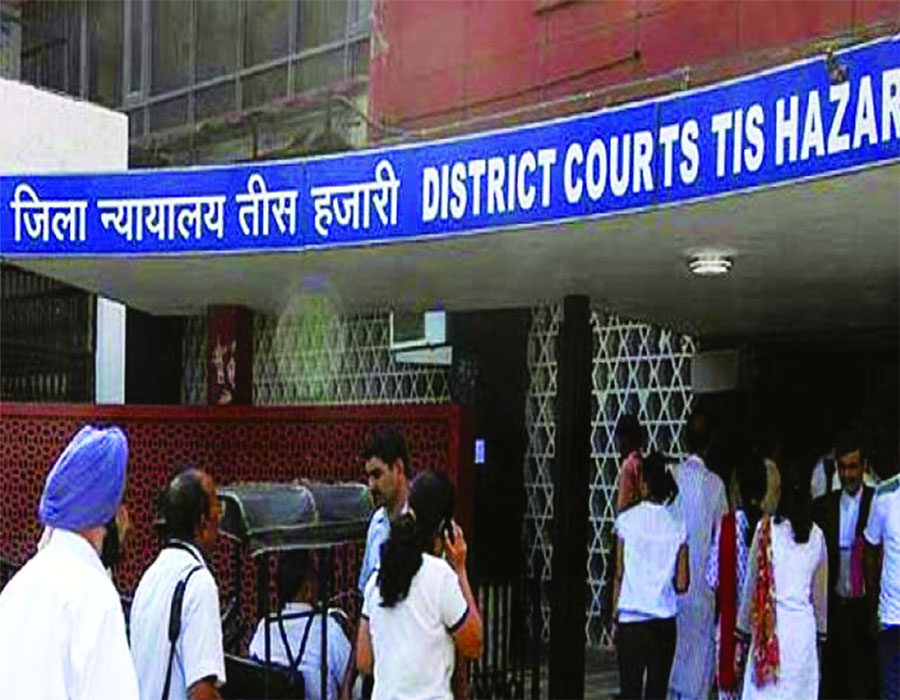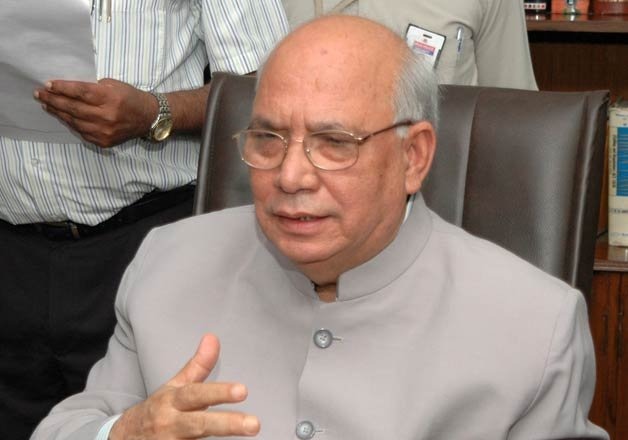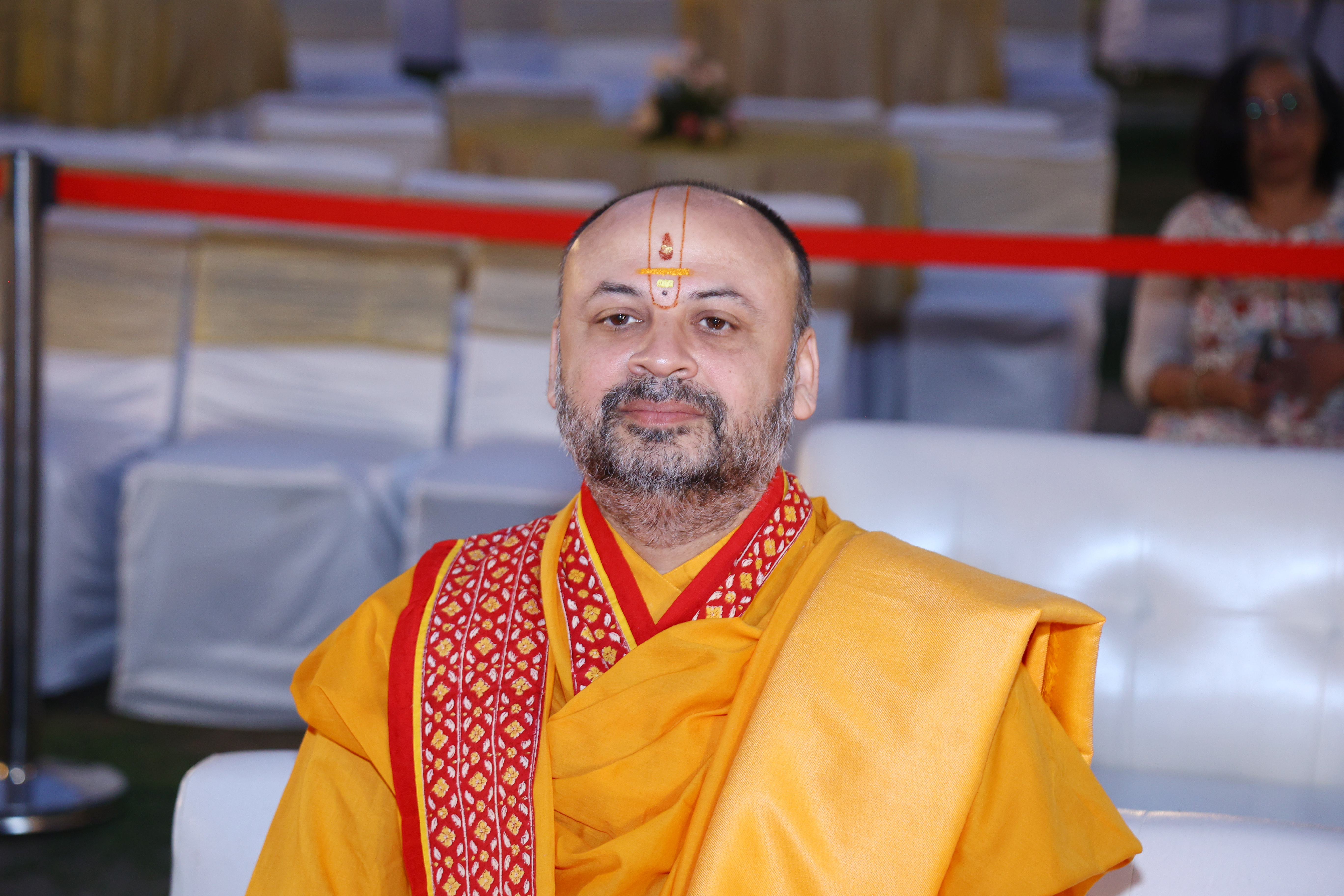This question warrants the attention of all citizens of India. Losing hope in the judiciary isn’t a solution to all that plagues our justice delivery system
The Chief Justice of India (CJI) recently said that January 28 must be celebrated as the Supreme Court Day to mark the occasion when the highest court of Independent India first assembled in chambers, then situated in the Parliament complex in 1950. The Supreme Court was established on January 26, under Article 124 of the Constitution, however, its first sitting was held on January 28. Several media reports from that day show how this institution was remarked upon as the “guardian of liberty” and one that would exercise its powers without any influence, bias, fear or favour.
The apex court, which is often regarded as the most powerful top court in the world, took up this role of the “sentinel of human rights” in a new democratic India and it exercised its powers to deliver several landmark judgments upholding the basic fundamental rights of citizens against the State’s arbitrary, unfair and unjust actions. The court also ushered in an era of “constitutional dynamism” which helped the Constitution evolve with society and its changing circumstances.
Whether it was the ruling in the Maneka Gandhi vs Union of India case, where the apex court held that not just procedural due process but also substantive due process had to be followed by the State and that its actions must pass the “just, fair and reasonable test”, or the ruling in the Keshavananda Bharati vs State of Kerala case, wherein the top court restricted the power of the Parliament to amend the Constitution and held that the “basic structure of the Constitution” could not be abrogated even by a constitutional amendment.
When the 39th Constitutional Amendment sought to place the election of the President, the Prime Minister, the Vice-President and the Speaker of the Lok Sabha beyond the scrutiny of constitutional courts, it was the Supreme Court that struck down the law, thereby upholding the basic structure doctrine. In cases like Olga Tellis, Bandhua Mukti Morcha, Vishaka vs State of Rajasthan, Common Cause vs Union of India, NALSA vs Union of India, Navtej Singh Johar, Joseph Shine and the Sabarimala judgment among others, the Supreme Court time and again reiterated its commitment to the goal of building a “just society”, one where every individual irrespective of their caste, creed, sex, religion or place of birth has the right to live with dignity and freedom. The court has had a glorious history of making positive interventions and initiating revolutionary changes in India’s democratic culture. Celebrating its foundation day is indeed a step in the right direction.
But right when you thought that all is good with the courts in India, there’s a caveat. First, delivering justice isn’t a duty solely entrusted to the judiciary and second, it cannot be conducted in isolation. The justice delivery mechanism is dependent on several factors and cooperation among the three major organs of the State: The executive, legislatures and the judiciary along with certain non-State actors as well. Unless all these institutions collaborate to achieve a common goal, delivering justice will remain a distant dream.
The India Justice Report, an initiative of Tata Trusts and several others does a commendable job in highlighting the gaps and areas that need reform within our justice delivery system. The report assesses the performance of our institutions based on four pillars i.e., police, judiciary, legal aid societies and the prison system. It inter alia highlights several glaring problems in these institutions. It states that women make up just 29 per cent of sitting judges in India, whilst in High Courts (HCs) their strength is just 11 per cent on the Bench. Moreover, at least five HCs are functioning without a single woman judge. Sadly, vacancies of judges in our HCs stand at 33 per cent. Even though 80 per cent of our population is entitled to receive legal aid, only 1.5 crore people have received it since 1995. Our prison occupancy is at 119 per cent and two-thirds of our prison inmates are undertrial prisoners and over four crore cases are pending in several courts across the country.
Access to institutions of justice remains skewed for the entirety of our rural population even today. The report also shows how the judiciary has not been able to efficiently utilise funds that were allocated to it by the 13th and 14th Finance Commissions. The 13th Finance Commission, for instance, allocated Rs 5,000 crore to the judiciary, out of which only 20 per cent was utilised.
These data point at uncomfortable trends in our justice administration and towards intersectional issues of institutional failure and perpetration of oppression for every stakeholder. We all remember when the 43rd CJI, TS Thakur, cried before Prime Minister Modi in 2016, during a public conference, while highlighting several issues plaguing the judiciary. He had said that judges are forced to work in pitiful circumstances and stressful conditions with minimum infrastructure.
The Attorney-General of India also recently called for setting up of a “Court of Appeals” to reduce the workload of the apex court. The India Justice Report also makes several suggestions to interrupt the status quo. Ensuring doorstep delivery of justice by making it an essential service, enforcing a planned budgeting mechanism, upskilling legal aid and Nyaya panchayats, prioritising cases based on their urgency and impact and measuring public satisfaction are few of the suggestions. Justice Madan Lokur, a former Supreme Court judge, during the release of the report said that a cost-benefit analysis and continuous social auditing is key to ensuring institutional and administrative efficiency.
However, there is a silver lining too. According to the report, Chhattisgarh has emerged as a trendsetter. It began with a notification released by the Chhattisgarh HC in 2017 which required the lower courts to dispose cases pending for more than five years on a priority basis. A monitoring committee headed by a sitting judge was set up at the HC level. For district-wise monitoring, respective District Courts were asked to form their monitoring committees and a weekly review of the progress was mandated. All compoundable cases where parties were willing to compromise in Lok Adalats were disposed-off. For this purpose, Lok Adalats were organised daily after regular court hours. The monitoring committee at the District Court-level would conduct meetings with the district and police administration regularly to ensure timely enforcement of summons and warrants issued by them. New Magistrates were assisted and trained by senior judges to ensure fair trial and adherence to laws and procedures. To incentivise judges, appropriate units were awarded to them for disposing off cases before five years. Bail petitions were dealt with within a week and cases of undertrial prisoners were decided in a time-bound manner. Infrastructural development was ensured by building new courtrooms in major districts like Raipur and Durg. All this cumulatively led to a decline in the percentage of pending cases, from 10 per cent in 2019 to four per cent in 2020.
The apex court might certainly have a past worth glorifying, but its credibility isn’t going to remain for long if it sells its history as a soothing balm for the damages done by it and other organisations in current times. India ranks 69th in the Rule of Law Index, 139th in the Global Peace Index, 112 in Global Gender Gap Report, 51 in Democracy and 142 in World Press Freedom Report.
We are forced to ask: Has justice been delivered or is it a myth in the times we live in? This question warrants the attention of all citizens of India. Losing hope in the judiciary isn’t a solution, as in the words of Rabindranath Tagore: “Faith is the bird that feels the light and sings when dawn is still dark.”
Tiwary is from the National Law University, Visakhapatnam, and Dewangan is from the National Law University, Raipur. The views expressed are personal.








 OpinionExpress.In
OpinionExpress.In















Comments (0)